I have continued my research on honey. I have now spoken with bee keepers, have had to call for help for ground wasp removal (often predators of honey bees), and have flown to Greece to taste freshly gathered Thyme Honey. Here is my update with all things bees and honey.
—**—

A Bee Vaccine
BUSINESS WIRE reports on some good news for bees. Dalan Animal Health, a biotech company pioneering insect health, announced in January 2023 that the USDA granted a conditional license for vaccinating honeybees against the American Foulbrood disease caused by Paenibacillus larvae. This vaccine is the first ever for an insect.
Dalan’s vaccine is given by having bees ingest dead P. larvae cells via their royal jelly, or sugar feed, to the queen where the vaccine winds up in her ovaries. This way, all the developing larvae are immunized before they are even born.
A 2424 follow-up study reports that honeybee hives vaccinated against [the Foulbrood disease] a bacterial disease had much lower levels of an unrelated viral disease than did unvaccinated hives. I celebrate this small win, as bees are still in decline.
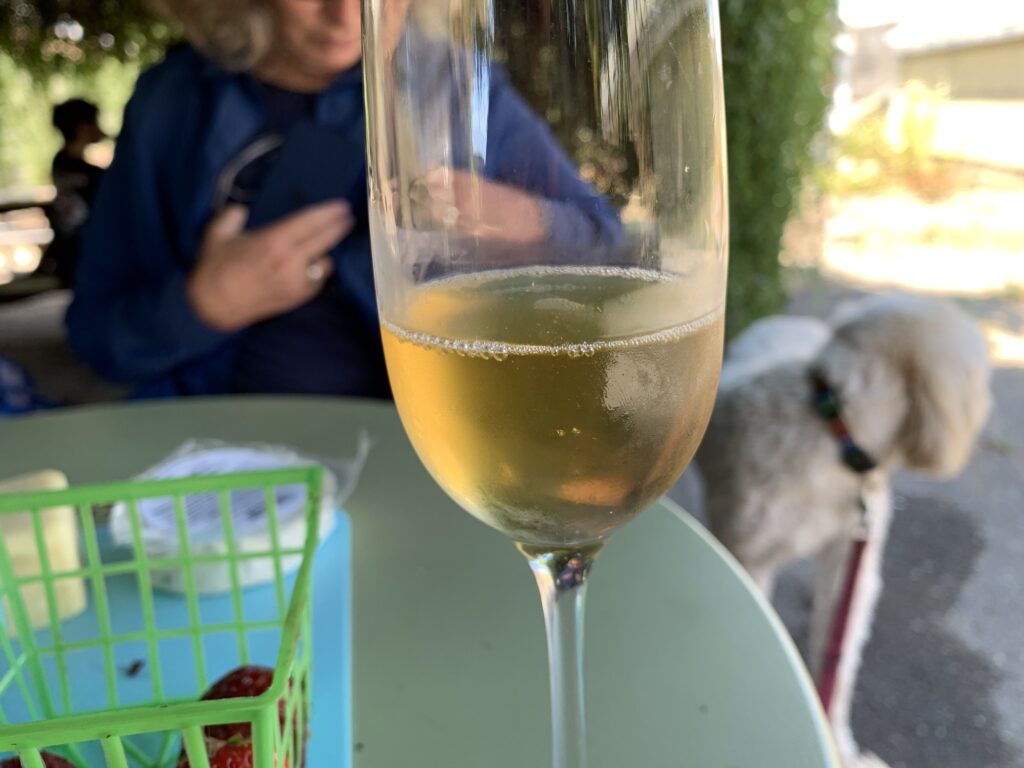
Honey Alcohol
Most have heard of Mead, a honey-based alcoholiic drink along the lines of a wine. In fact, in 2022 I visited an “meadery” in Northern California that branched out and is now creating sparkling Mead.
Also in 2022, U wrote about a honey-based Vodka (see The Unfortunate Closing of Hanger 1 Distillery) that we visited and tasted (it was good).
But now there is also a Gin made from honey, Caledonia Spirits’ Barr Hill Gin. The two founders began gin distilling in 2011, and soon thereafter were distilling multiple batches a day and winning awards for their liquor.
Take 2T Honey Per Day
VeryWell reported a new study (2022) published in Nutrition Reviews that states unprocessed raw honey, especially from a single floral source, may improve blood sugar control and cholesterol levels.
They go on to suggest that consuming ~2T of single-sourced, raw honey per day to reduce blood sugar and LDL cholesterol (the bad one). They mention raw honey specifically as it contains probiotics and enzymes that processing may destroy. However, “raw honey” is not FDA regulated so it may be just a marketing play. But, since single-sourced honey seems to provide more benefit than mixed sources; to me, all this new information seems to suggest we buy from local, known sources, where we can verify what type of honey is being sold.
Who Knew, Bees Play
In 2022 Science showed us that bees play. Specifically, they tell us:
- Ball rolling by bumble bees fulfils animal play criteria.
- The bee’s ball rolling can act as an unconditioned rewarding stimulus.
- Younger bees rolled more balls, their age patterns resembled mammalian juvenile play.
- Males rolled balls for longer durations than females.
This brings some people to question, if we did not know this about bees, what else do we not know. Meanwhile, here is a 2024 post that suggest how young elementary kids can study the phenomenon and understand how the research was made.
Baking with Honey
If you run out of sugar and need to use honey in your recipe, remember these few tidbits.
- Honey is much sweeter than sugar, so 1c sugar = ½ to ⅔C honey.
- Make sure to taste the honey, you want it to match the baked goods you are making and not overpower the taste.
- Honey is viscous, sugar is not, so make 1/4 reduction in the other liquids in the recipe.
- Sugar and honey bake differently, honey can brown and burn faster, so turn the oven down at least 25F and monitor until you know for sure.
- Honey is also acidic, so add in a pinch of baking soda to help with the rising of baked items.

French Bees and Candy Honey
Bees honey really does reflect, color-wise, what they eat. Eat colored candy and produce colored honey. We have known this for years (2012) when there was an outbreak of colored honey in France. Beekeepers were in a uproar, since they adhere to strict rules including the acceptable color of honey, which did not include blues or greens. Meaning they could not sell the honey.
Reportedly, after searching they located a nearby M&Ms biogas plant processing multicolored candy waste, that the bees found, hung around and tracked home. Eventually, the biogas plant changed some of its processing and facilities to help eliminate the problem.
Vegan Honey
In February 2023, an announcement was made that a new food technology startup (based in Oakland and launched in 2020) called MeliBio, created a real vegan honey that is produced totally without bees.
The source of honey is fructose and glucose directly from the plants,. Using the same plant compounds bees use, and an artificial way to create the honey similar to the bee’s process. They reportedly use a fermentation process to re-create the flavor complexity that comes from how bees digestive system processes nectar into honey. The result is a flavor similar to regular clover honey.
- BonAppetit writes, MeliBio’s honey is made from two key steps. First, pure sugars—fructose and glucose, the same ones found in honey—are sourced from fruits and vegetables.
- Then MeliBio scientists mimic the flavor of honey by collecting compounds from the same plants that bees would normally visit—such as hibiscus, squash blossom, and olive leaf—and combining them with the sugary syrup.
- To get the profile just right, MeliBio performs sensory panels with taste testers and works with honey sommeliers.
They are now selling their product, a Golden Clover and Spicy Harbenaro. You can buy the honey in bundles, one each, directly from their website.
—**—
More Unusual Honey I Have Tasted
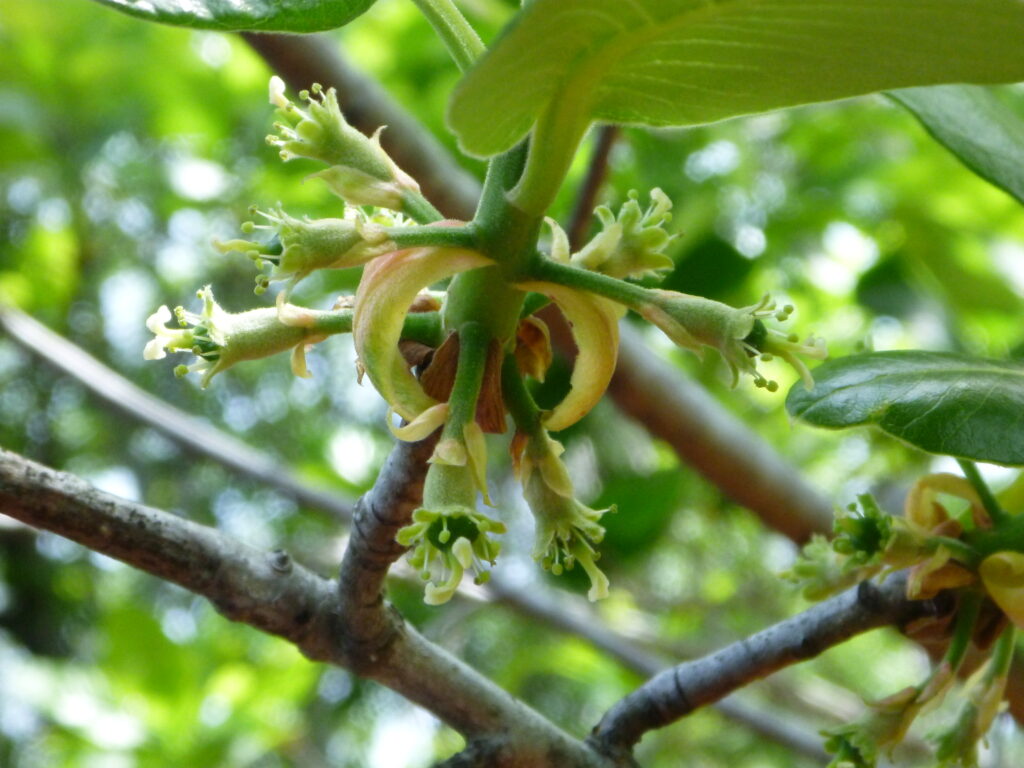
Tupelo Honey
Tupelo honey is a rare variety, as it’s only harvested in Southeastern U.S. swamps once a year. It tends to be more expensive as the tupelo tree blossoms only lasts 1-3 weeks, so it is a prized rarity.
I bought 16oz for $25 USD from Amazon. It is a light taste, not as sweet as other honeys I have tasted, but very good.
Color: light color
Viscosity: smooth and easy to get out of the containers
Aroma: slightly floral
Taste: sweet and buttery, but not an overwhelming honey taste
Tupelo honey is light in color, and fans compare the flavor to rosewater and cotton candy (via Slow Food Foundation for Biodiversity). But if you are not into overly sweet condiments, do not worry. Depending on the harvest, some tupelo honey is also known to have quite a hoppy aftertaste. Yum!
In fact, according to Bees and Botanicals, tupelo honey is known as the “wine of honey” both because of its uncommonness and overall sweet taste. Beyond flavor, tupelo honey, like most honey, has medicinal benefits when both ingested or used topically (where it can protect against the sun, thanks to high levels of Oxygen Radical Absorbance Capacity, or ORAC).
My son thought this was a very sweet honey and he liked it very much. I find it sweet, but the Orange Blossom is more so to my taste. It is a nice honey though, do not get me wrong.

Langnese Black Forest Honey
This German honey is one of my personal favorites, dark amber in color, and full of flavor. This is a honeydew type of honey, where the bees collect not from flower’s nectar, but from aphids who have expressed honeydew.

- Wikipedia: Honeydew is a sugar-rich sticky liquid, secreted usually by aphids as they feed on plant sap, but others too can produce this liquid.
- When the aphids penetrates the phloem, a sugary and high-pressure liquid is forced out of the aphid and sticks to nearby leaves, branches, and bark. The bees then find these drops, collect the substance, and through their normal processes, produce honey.
This type of honey is usually darker, has a higher mineral content, a stronger taste, and some say more health benefits.
- HoneyTravelor: honeydew honey is higher in minerals and amino acids as well as higher molecular weight sugars (oligosaccharides) in particular, melezitose and raffinose. Oligosaccharides are prebiotics that have a beneficial effect on bacteria in the digestive system.
- There has been some research that indicates that honeydew honey also has higher than average antibiotic properties due to higher levels of Glucose Oxidase which leads to the production of Hydrogen Peroxide.
- However, BeesWiki states that while honeydew is high is surgar, it lacks the protein found in pollen.
But personally, I like it on toast, cornbread, and drizzled on cheese.
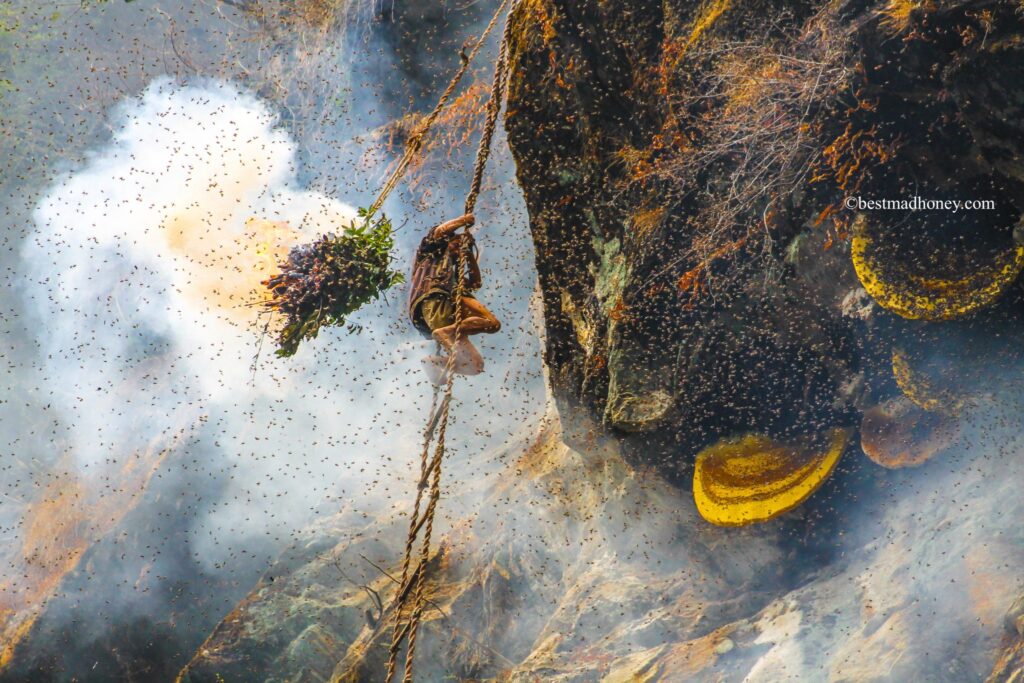
Mad Honey
I have not yet tasted this honey, but I am curious.
Not a new thing, the so called “mad honey” has been around the Nepal and Turkey area since ~401 BCE. Essentially, mad honey is a darkish red (1), hallucinogenic honey, produced by bees that eat certain species of the rhododendron plant, primarily found in the Black Sea region. These rhododendrons contain what are essentially neurotoxic compounds, called grayanotoxins, also known as rhodotoxins (1).
Mad honey has a sharp, bitter taste, and it reportedly irritates the throat. When the bees ingested the neurotoxins they seem not be affected and the toxins become part of the bees’ honey. Humans eating the honey will have effects including hallucinations, disorientation and other symptoms such as nausea, vomiting, diarrhea, etc.
Mad honey has been used to treat medical conditions such as hypertension, diabetes, flu, arthritis, sexual dysfunction, a variety of diseases that impact the stomach, and has been used as an aphrodisiac in the treatment of anxiety and stress.
I should note, while it is legal to purchase mad honey in the USA, it is banned in several countries: Australia, Brazil, Canada. India, Mexico, and South Korea. Despite it being legal, this is one honey I am not eager to try and will leave it to others.
In 2024 I read a distressing report that climate change and loss of habitat is effecting these bees, and the production of this particular type of honey.

Purple Honey
The NewsObserver introduced me to the concept of Purple Honey, writing bees in the Sandhills of North Carolina — and nowhere else on earth — produce purple or blue honey. The writer goes on to say that no one really knows why this happens, although it happens mainly in this particular place.
The taste is described as purpley, grapey, sweet cough syrup, and purple suckers. But few have tasted this type of honey for it is hard to come by, mainy because we do not know how it actually created. PerfectBee writes that some think it is from those bees hitting a patch of purple based pants like blackberry, elderberry, or huckleberry. One person suggests that perhaps the bees suckle the actual elderberry when the flowers dry up. Or maybe it is how that colony makes its honey.
Some are convinced that the purple comes from the bees hovering around the Kadzu plant. Which has been described as smelling like grapes.

SIDR Yeman Honey
The Sidr Tree has a full history in myths and religions. It is mentioned in the Quran as one of the plants of Paradise; it supplied the branches for the biblical Crown of Thorns; and it appeared as the Lotus Tree in Greek Mythology.
There are lots of fakes out there, the real one is rare and costly. I ordered some and it arrived in a plastic jar, probably great for shipping but I am disappointed it is not glass. Light shines through the honey, but it is obviously raw and only once filtered as there are fine particulates suspended in the liquid. It is viscous, and very sweet. I could eat this out of the bottle, it tastes so rich.
Sidr plants grow in coastal, desert, and semi-desert areas, so the Sidr tree is found in India, Pakistan, Ethiopia, Egypt, Libya, Sudan, and the in southern part of the Arabian Peninsula. The tree grows extensively in the eastern part of Yemen and the fruits + seeds of the tree are rich in protein, have a high nutritional value. Even the leaves are rich, but in calcium, iron, and magnesium. This explains its other name, the Manuka of the Middle East.

The Rarest Pitcairn Honey
Pitcairn (a British Territory) is a group of 4 volcanic isllands in the Southern Pacific Ocean and boasts to have some of the most disease-free bee populations in the world BeKindShop writes that Pitcairn honey is considered the rarest and purest honey in the world. The rich and intense fruitiness of Pitcairn’s honey is attributed to the nectar from the Mango, Lata, Passionflower, Guava and Rose apple flowers found in abundance on Pitcairn.
This is a smooth, light amber honey grown on an island mainly free from chemicals and pesticides according to HoneyTraveler. Voted by French Gastronomical Press Best Honey in the World. I put in an order, but it took months to have it shipped to me and received. It was a very clean, sweetness that had a good aroma. It was great on toast, over some good brie, and is a stand-alone honey, meaning it is the star of the dish rather than just a component. But I will not be buying it again for it is just too hard to get it and other honey tastes as good.
Here is a snippet of what the vendor sent me: Pitcairn Island is one of the most remote, inhabited islands in the world and it is accessible only by sea. The Pitcairn mail ship operates every 3 months, so your parcels from Pitcairn will take some time to get to you. The voyage from Pitcairn to New Zealand can take up to 14 days at sea. Then your parcels will be processed from New Zealand and enter the international freight and postal system to make their way to your delivery address. Though it takes time, rest assured your parcels will get to you.
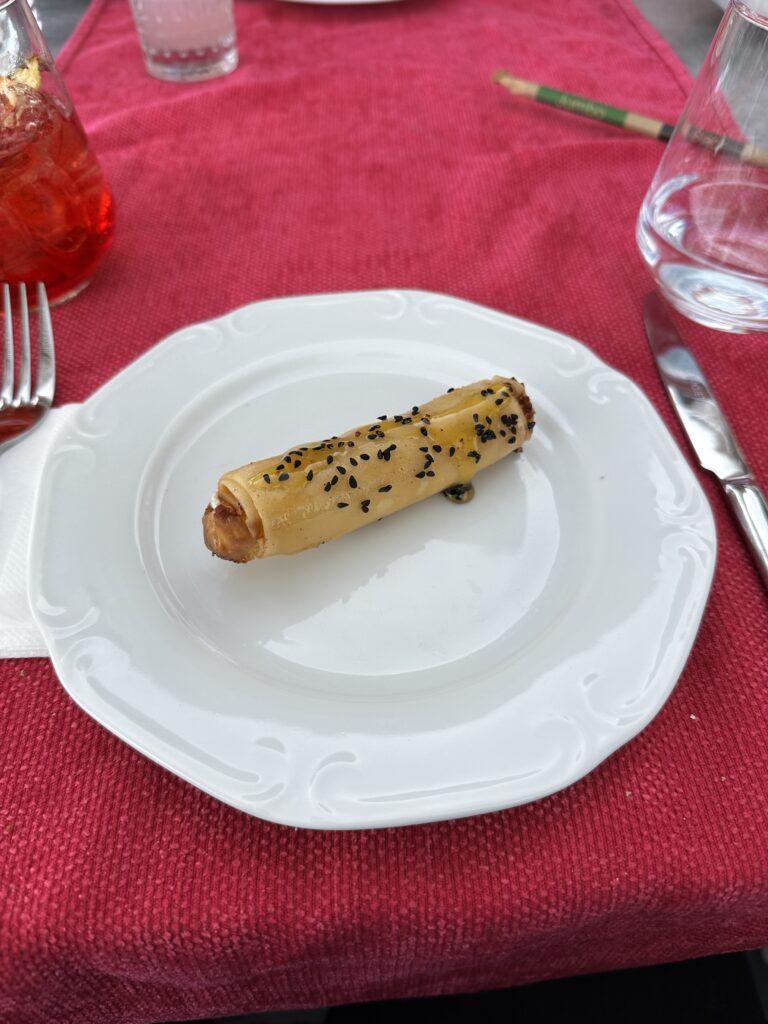
Honey From Greece
The honey I have had the privilege to taste over the past year (2024) while traveling through Greece was just amazing. We brought home a jar of Conifer Thyme Honey and some very unprocessed Raw Honey (the third type we bought got confiscated by the Canadian airport).
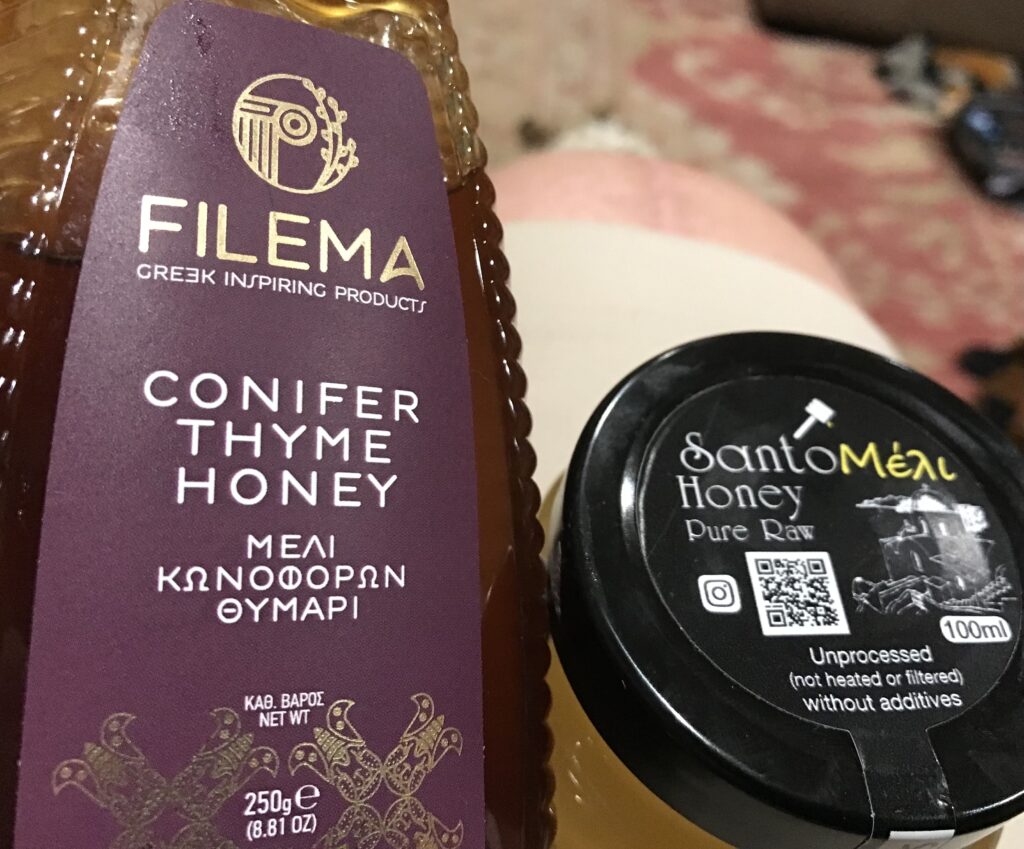
My spouse, who is not a honey fan, loves the Conifer Thyme as it is sweet, herbal (as in a hint of thyme), and unusual. This would be good over a baked brie, or good sheep cheese like is served in Greece, or even yogurt.
The raw honey was gently sweet, it would be great on cornbread or toast. Without anyone looking I stuck my finger (washed my hands) into the jar and grabbed a dollup. Yum.
—Patty
—**—